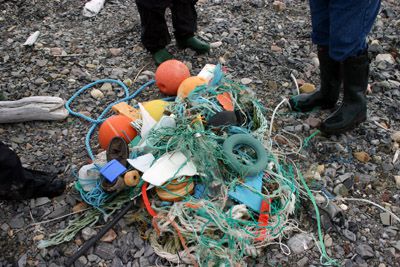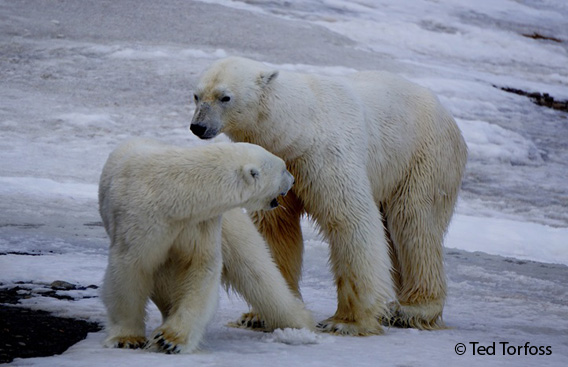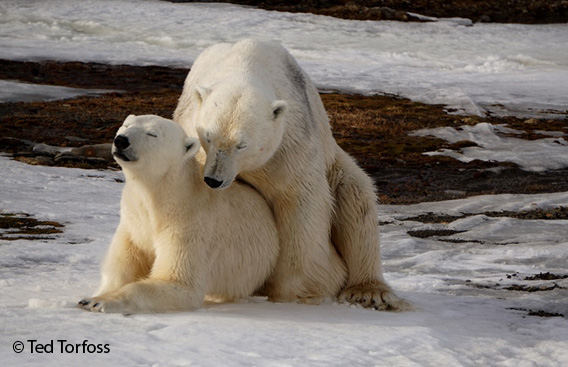-
current
recommendations- Liefdefjord
New page dedicated to one of Spitsbergen's most beautiful fjords. Background information and many photos.
- New Spitsbergen guidebook
The new edition of my Spitsbergen guidebook is out and available now!
- Liefdefjord
New page dedicated to one of Spitsbergen's most beautiful fjords. Background information and many photos.
Page Structure
-
Spitsbergen-News
- Select Month
- May 2025
- April 2025
- March 2025
- February 2025
- January 2025
- December 2024
- November 2024
- October 2024
- September 2024
- August 2024
- July 2024
- June 2024
- May 2024
- April 2024
- March 2024
- February 2024
- January 2024
- December 2023
- November 2023
- October 2023
- September 2023
- August 2023
- July 2023
- June 2023
- May 2023
- April 2023
- March 2023
- February 2023
- January 2023
- December 2022
- November 2022
- October 2022
- September 2022
- August 2022
- July 2022
- June 2022
- May 2022
- April 2022
- March 2022
- February 2022
- January 2022
- December 2021
- November 2021
- October 2021
- September 2021
- August 2021
- July 2021
- June 2021
- May 2021
- April 2021
- March 2021
- February 2021
- January 2021
- December 2020
- November 2020
- October 2020
- September 2020
- August 2020
- July 2020
- June 2020
- May 2020
- April 2020
- March 2020
- February 2020
- January 2020
- December 2019
- November 2019
- October 2019
- September 2019
- August 2019
- July 2019
- June 2019
- May 2019
- April 2019
- March 2019
- February 2019
- January 2019
- December 2018
- November 2018
- October 2018
- September 2018
- August 2018
- July 2018
- June 2018
- May 2018
- April 2018
- March 2018
- February 2018
- January 2018
- December 2017
- November 2017
- October 2017
- September 2017
- August 2017
- July 2017
- June 2017
- May 2017
- April 2017
- March 2017
- February 2017
- January 2017
- December 2016
- November 2016
- October 2016
- September 2016
- August 2016
- July 2016
- June 2016
- May 2016
- April 2016
- March 2016
- February 2016
- January 2016
- December 2015
- November 2015
- October 2015
- September 2015
- August 2015
- July 2015
- June 2015
- May 2015
- April 2015
- March 2015
- February 2015
- January 2015
- December 2014
- November 2014
- October 2014
- September 2014
- August 2014
- July 2014
- June 2014
- May 2014
- April 2014
- March 2014
- February 2014
- January 2014
- December 2013
- November 2013
- October 2013
- September 2013
- August 2013
- July 2013
- June 2013
- May 2013
- April 2013
- March 2013
- February 2013
- January 2013
- December 2012
- November 2012
- October 2012
- September 2012
- August 2012
- July 2012
- June 2012
- May 2012
- April 2012
- March 2012
- February 2012
- January 2012
- December 2011
- November 2011
- October 2011
- September 2011
- August 2011
- May 2011
- April 2011
- March 2011
- February 2011
- January 2011
- December 2010
- November 2010
- September 2010
- August 2010
- July 2010
- June 2010
- May 2010
- April 2010
- March 2010
- February 2010
- November 2009
- October 2009
- August 2009
- July 2009
- June 2009
- May 2009
- April 2009
- March 2009
- February 2009
- January 2009
- December 2008
- November 2008
- October 2008
- August 2008
- July 2008
- June 2008
- May 2008
- April 2008
- March 2008
- February 2008
- April 2000
- Select Month
-
weather information
-
Newsletter

| Guidebook: Spitsbergen-Svalbard |
Home
→
Daily Archives: 15. May 2018 − News & Stories
12,000 microplastic parts in one litre of sea ice …
The Arctic ice is significantly more contaminated with microplastics than previously assumed. This was the result of a study of researchers at the Alfred Wegener Institute in Bremerhaven which was published in April.
Samples from three expeditions in 2014 and 2015 were examined, and thanks to an improved examination method using infrared light, more and significantly smaller parts could be identified than in previous investigations.
Presumably, the microplastic originates from the great garbage patches in the Atlantic and Pacific Ocean between Hawaii and North America. But local sources of pollution have also been identified, for example paint particles from ships or nylon particles from fishing nets.
Microplastics are tiny plastic particles that are smaller than five millimeters in size. It is produced during the decay of larger plastic parts, during the washing of synthetic fibres, but is also contained in many cleaning and cosmetic products.
Little is known about the consequences of microplastic contamination for the environment and humans. In laboratory studies, however, mussels showed inflammatory reactions and fish behavioural changes.
Also plastic waste from central European countries including Germany ends up in the Arctic. For example, the investigation of plastic waste collected on Spitsbergen’s beaches, revealed that seven percent came from Germany!
Every year tourists collect tons of plastic garbage from the beaches in Spitsbergen encouraged by private and public initiatives, by the way also on the Spitsbergen sailing trips with SV Antigua :-).

Plastic waste collected on the beach of the Hinlopen Strait, Northeast of Spitsbergen.
Reference to two projects worthy of support should not be missing here either:
The Ocean Cleanup develops technical systems with the aim of reducing a huge plastic vortex in the Pacific by 50% in five years and ultimately supplying the filtered plastic to recycling systems.
Ocean Care carries out protection and research projects, organises campaigns and educational projects and is involved in international bodies, for example as a UN special adviser on marine protection issues.
Source: Nature Communications
Unique photos of mating polar mating at the weather station on Hopen
The little island of Hopen seems to be the place currently regarding rare wildlife observations. Just a few weeks ago a polar fox attacked the station’s dogs, later it appeared to have rabies. Only a few days later, the crew of the weather station Hopen Meteo got a wildlife observation of century class. Generally, polar bear sightings are nothing unusual on Hopen. During some winters, there are several hundred polar bear observations close to the weather station. But the event observed on 04 May was truly unique!
Initially, the weather station crew thought that the two polar bears that came close to the station might be a mother and her second year cub, having a little family dispute as they kept roaring against each other.

Here, the situation is not yet clear. Photo © Ted Torfoss.
Routinely, the station crew made attempts to scare the polar bears away with making noise. The bears went away, but only to return later. They had obviously been hunting successfully in the meantime, as evidenced by traces of blood on the face.
Soon it became appearent that it was not an everyday polar bear visit, but that they were a male and a female about to mate. After a while they got down to serious business.

Here the case is pretty clear: mating polar bears. Photo © Ted Torfoss
Being totally busy with themselves, the bears did not pay much attention to their surroundings but kept mating for a good hour, with obvious pleasure as the photos suggest. The 4 crew members of Hopen Meteo hence got the opportunity to enjoy an observation which is not just once in a lifetime, but much rarer actually. Obviously, they took the opportunity to take unique photos. Here are some amazing shots by meteorologist and photographer Ted Torfoss who made good use of this chance of a lifetime and I thank Ted for his kind permission to show some of his photos here! For more photos, visit the webseite of the Hopen weather station. Maybe the whole thing was a birthday present by nature to Ted Torfoss, who could celebrate his 60th birthday soon after the event? Anyway, happy birthday!

Polar bears enjoying some cosy moments. Photo © Ted Torfoss
Of course, polar bears are mating every year and the event as such is common in polar bear areas in nature at this time of year. But as a small number of individuals is spread out over immensely large and very remote areas, observations are very few and far between. There are not many photos or footage taken. No earlier observations are known from Hopen, which would be the hotspot in Svalbard for such an occasion given the density of polar bears in good ice winters and the presence of the weather station.
A few weeks ago, a group of lucky tourists also saw polar bears mating in the distance in Tempelfjord not far from Longyearbyen. Photos taken by guide Yann Rashid were seen by many on the web and have without any doubt scarcity value, but they do not compare to the photos taken from a much smaller distance by Ted Torfoss on Hopen.
News-Listing live generated at 2025/June/01 at 05:24:43 Uhr (GMT+1)




























